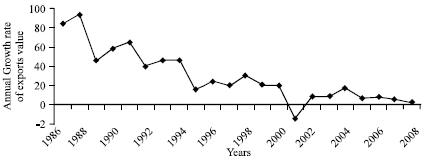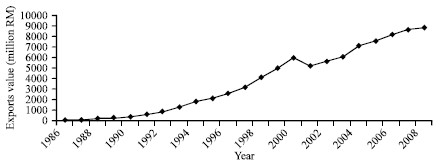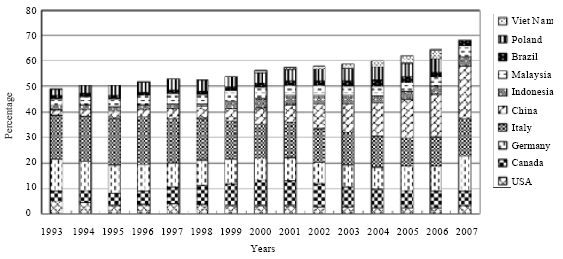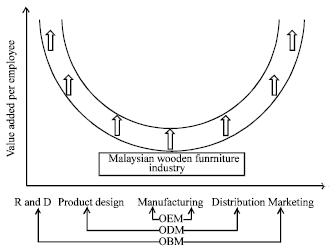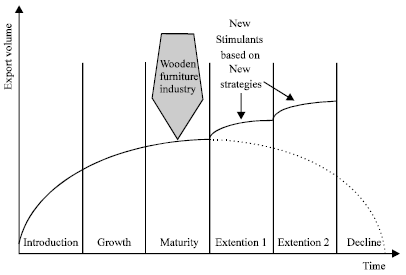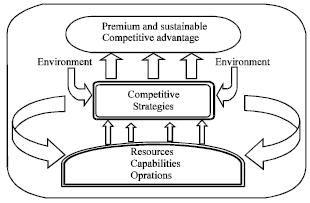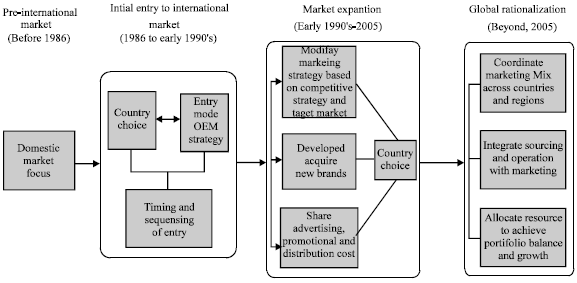Review Article
Unsteadiness of the Resource-based Competitive Advantage in Absence of Competitive Strategy: Lessons from the Malaysian Wooden Furniture Industry
Department of Forest Products Management, Faculty of Forestry, Universiti Putra Malaysia, 43400 UPM, Serdang, Selangor, Malaysia
Shukri Mohamed
Department of Forest Products Management, Faculty of Forestry, Universiti Putra Malaysia, 43400 UPM, Serdang, Selangor, Malaysia
J. Ratnasingam
Department of Forest Products Management, Faculty of Forestry, Universiti Putra Malaysia, 43400 UPM, Serdang, Selangor, Malaysia
Awang Noor
Department of Forest Products Management, Faculty of Forestry, Universiti Putra Malaysia, 43400 UPM, Serdang, Selangor, Malaysia
Rosli Saleh
Faculty of Economics and management, Universiti Putra Malaysia, 43400 UPM, Serdang, Selangor, Malaysia









